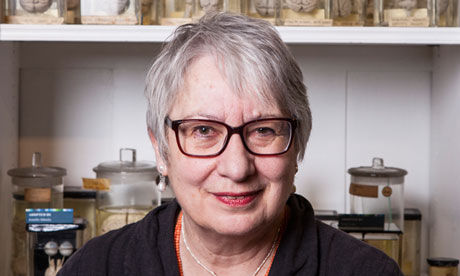One of the major differences between our post-industrial diets and the evolutionary and traditional foods of our past is in the kinds of fat we eat. One huge change has to do with the polyunsaturated fatty acids (or PUFAs), which come in several varieties, but most commonly omega 6 and omega 3. PUFAs are "essential fats," meaning we can't make them from other types of food, and we must eat them. However, never in the history of humankind have we eaten novel omega 6 fatty acids in such massive quantities.
Corn oil, safflower oil, sunflower oil, cottonseed oil, peanut oil and/or soybean oil are ingredients in pretty much all processed food. Just check the list on the back of breakfast cereals, bread and other baked goods, fried items, salad dressings, margarine, mayonnaise, and sauces. Vegetable oils are used (along with canola oil) in the fryers at most restaurants. They are cheap and relatively tasteless, which make them perfect for certain industrial and restaurant food applications. They are also universally high in omega 6 fatty acids, and therefore we eat a ton of them in the Western diet, especially since throwing out butter, lard, and beef tallow 30-40 years ago.
Why does it matter if we eat lots of vegetable oil? Omega 6 PUFAs are used by the body to make certain hormones and signaling molecules. Roughly speaking, the omega 6s are the precursors for many of the molecules that make up our body's inflammatory response. As an example - the omega 6 linoleic acid (
corn oil is mostly linoleic acid) is a precursor for many molecules, but among them the prostaglandins that the enzymes COX-1 and COX-2 work on. If you have ever taken ibuprofen or another NSAID painkiller, you have blocked the effects of COX-1 and COX-2, decreasing inflammation and therefore the easing experience of swelling and pain in the body. If you want the nitty gritty details,
Wikipedia has a very good and understandable review of these inflammatory signaling molecules.
Here's the real problem -
too much inflammation mediated by a high dietary percentage of the omega 6 fatty acid linoleic acid can be reasonably associated with coronary vascular disease, insulin resistance, cancer, hypothyroidism and other autoimmune diseases, thrombotic stroke, headaches, asthma, arthritis, depression, and psychosis. So you can see that such a massive change in our diets in the short term of the past 50-70 years could potentially have equally massive effects on our health.

Comment: For more information on the causes and potential help for autism read:
Can some children 'lose' autism diagnosis? New evidence says yes
Child Autism Epidemic Firmly Linked to Environment
Autism Rates Double in Children as Vaccines Poison an Entire Generation
Understand and Prevent Autism with Seven Simple Steps